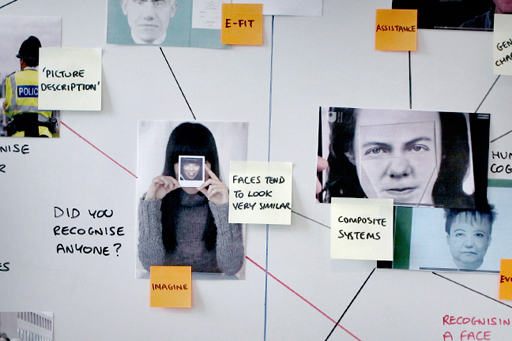1.1 Why is it so hard to describe a face?

Did anyone successfully recognise the person you were describing in Activity 1?
If only the face is described, it is usually the case that no one is able to recognise who is being described unless that person has an unusual, or famously characteristic feature. For example, the British celebrity Bruce Forsyth is often described as having a large chin, making it possible for him to be recognised from a description that includes ‘very large chin’.
For most faces though, it is almost impossible to recognise them from a verbal (put into words) description. Can you suggest why this might be?
Generally speaking, describing a face can be difficult because:
- Faces tend to look very similar. Saying the face has a nose, two eyes and a mouth does not distinguish it from millions of other faces.
- It is difficult to bring to mind what an individual feature looks like. Many people find it tricky to imagine a face, and ‘zooming’ in on an individual feature is particularly difficult, if not impossible.
- Our vocabulary for describing faces is not very good, probably because describing a face is something we do only rarely. Since most people’s features will, by definition, be ‘average’, describing someone as having an average-looking nose or mouth will not distinguish them from all the other people who have average-looking noses or mouths.
If you were feeling creative or poetic, you might have included a metaphor or simile in your description. For example, Shakespeare’s Lady Macbeth described her husband as:
Your face, my thane, is as a book where men
May read strange matters. To beguile the time
Look like the time; bear welcome in your eye,
Your hand, your tongue: look like the innocent flower,
But be the serpent under’t.
But although such descriptions can be evocative, they tend not to increase the chances of the description being recognised.
